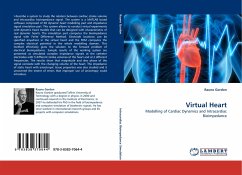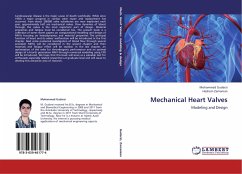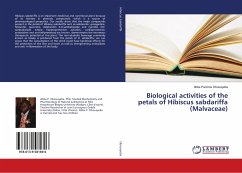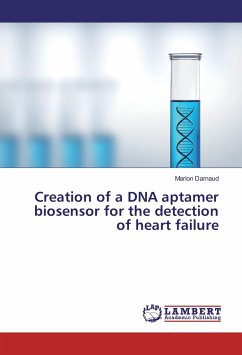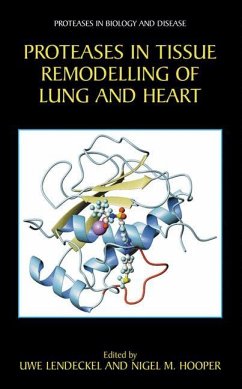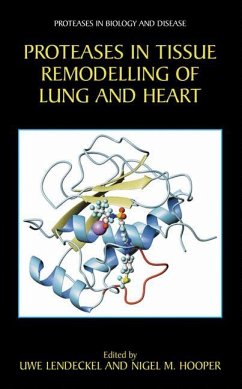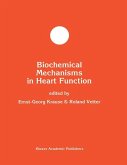I describe a system to study the relation between cardiac stroke volume and intracardiac bioimpedance signal. The system is a MATLAB based software composed of 3D dynamic heart modelling part and impedance signal simulation part. This system allows to conduct virtual experiments with dynamic heart models that can be designed with characteristics of real dynamic hearts. The simulation part computes the bioimpedance signal with Finite Difference Method. Electrode locations can be specified anywhere in the virtual heart and the FDM computes the complex electrical potential in the whole modelling domain. This method effectively gives the solution to the forward problem of electrical bioimpedance. Sample results of the working system are presented as simulated complex impedance signals at the catheter electrodes with 5 different stroke volumes of the heart and at 2 different frequencies. The results show that magnitude and also phase of the signal correlate with the changing volume ofthe heart. The impedance of static heart with anisotropic tissue properties was also studied and it uncovered the extent of errors that improper use of anisotropy could introduce.
